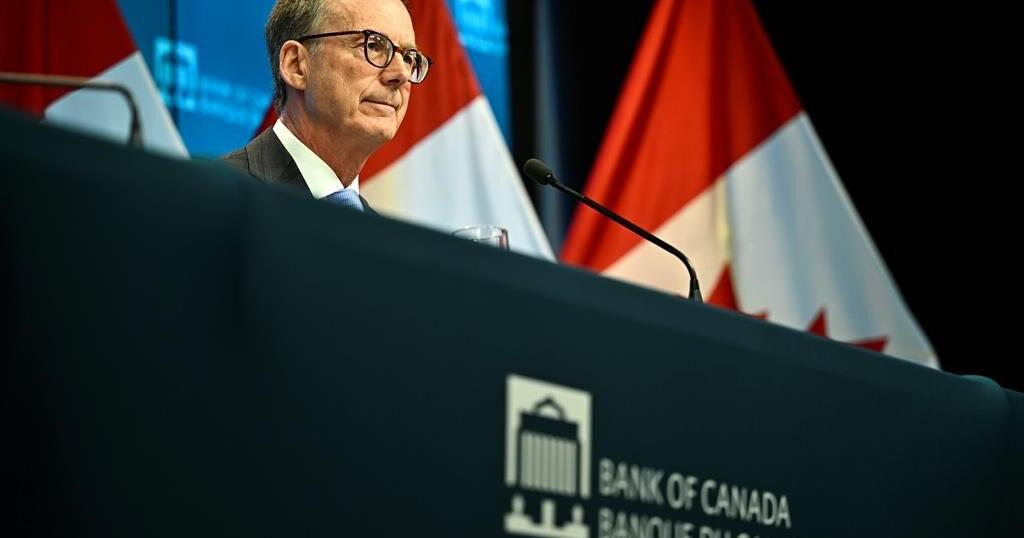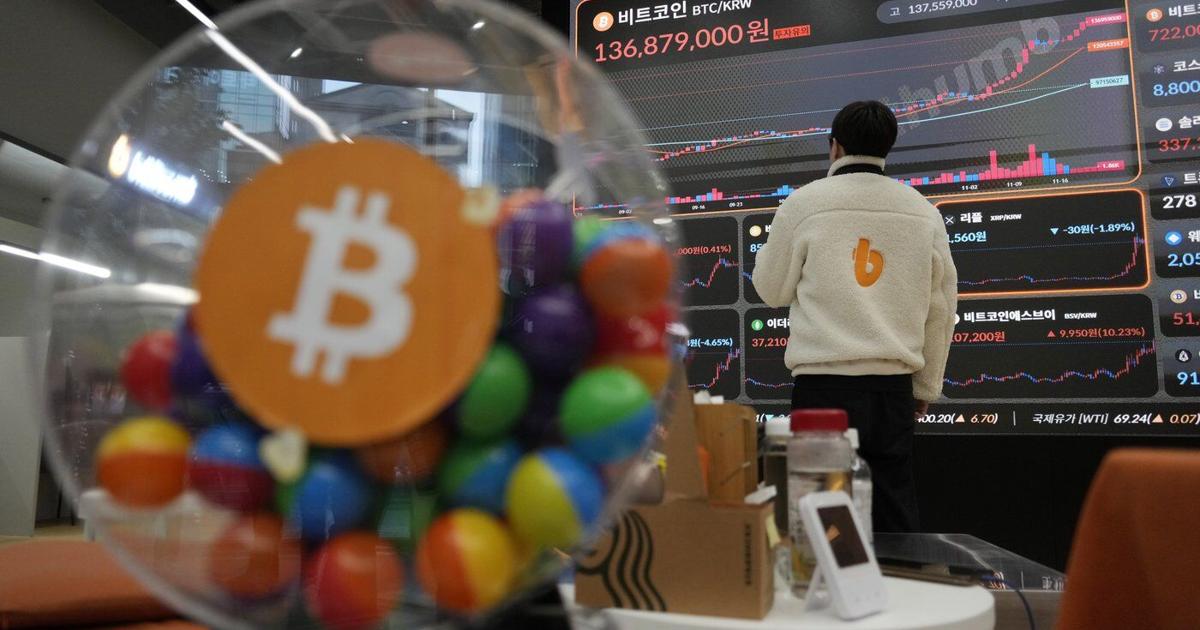OTTAWA – Canada’s inflation rate likely took another dip last month, according to economists who expect the Bank of Canada to continue cutting interest rates throughout the fall.
Statistics Canada is set to publish its July consumer price index report on Tuesday and forecasters expect it will show inflation slowed to 2.4 per centfrom 2.7 per cent in June.
James Orlando, TD director of economics, says despite upward pressure from gasoline and food prices, he still expects the annual rate to fall because of base-year effects, which refer to how price movement from a year ago affects the calculation of overall inflation.
“This is occurring on the back of really strong unwinding of base (year) effects from last July, where inflation went up quite significantly,” he said.
The marked slowdown in price growth this year has boosted confidence among economists and the Bank of Canada that inflation will continue to ease in the coming months, giving the central bank the greenlight to continue cutting its benchmark interest rate.
“We’d have to see something very different from what we’ve been seeing in this inflation reading to take any sort of rate cut in September off the table,” said Tiago Figueiredo, a macro strategist at Desjardins.
He says Desjardins expects the annual inflation rate fell to 2.5 per cent in July.
The Bank of Canada, which has lowered its key interest rate at its last two meetings, has signalled it will continue cutting rates, as long as price growth continues to ease.
The central bank’s shift to rate cuts comes amid a sputtering economy as businesses and consumers pull back on spending.
Meanwhile, a chill has hit the labour market, pushing up the unemployment rate to 6.4 per cent in July.
Governor Tiff Macklem said at the Bank of Canada’s last rate decision announcement that as inflation edges closer to its two per cent target, the central bank is increasingly considering the risks associated with keeping interest rates high for too long.
“That need for growth to pick up was something that was part of our decision to cut the policy interest rate today,” Macklem said at the post-meeting press conference on July 24.
Forecasters are now widely expecting the central bank to lower its policy rate at every rate meeting this year. Assuming the bank cuts by a quarter point at each meeting, it would bring its key interest rate down to 3.75 per cent.
“There’s really not much in the economy that’s making us think that inflation is going to pick up again right now. So I think it just reinforces the expectation of rate cuts continuing at this meeting-by-meeting pace of 25 basis point cuts,” Orlando said.
The annual inflation rate has remained within the Bank of Canada’s one to three per cent target since January, a welcome development after a historic rise in price growth.
The bank is forecasting inflation will return to the two per cent target next year.
Slowing inflation in Canada has been part of a larger global trend that’s allowing central banks to cut or think about cutting interest rates.
In the United States, year-over-year inflation reached its lowest level in more than three years in July, the latest sign that the worst price spike in four decades is fading and setting up the U.S. Federal Reserve for a rate cut in September.
The annual U.S. inflation rate now stands at 2.9 per cent.
The European Central Bank began lowering its policy rate in June and the Bank of England delivered its first rate cut earlier this month.
This report by The Canadian Press was first published Aug. 18, 2024.

























